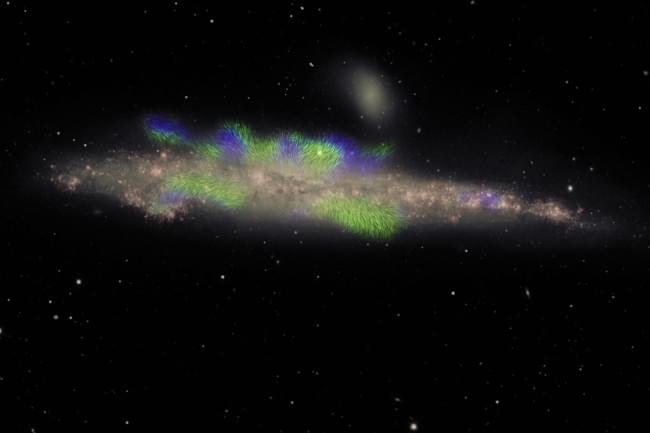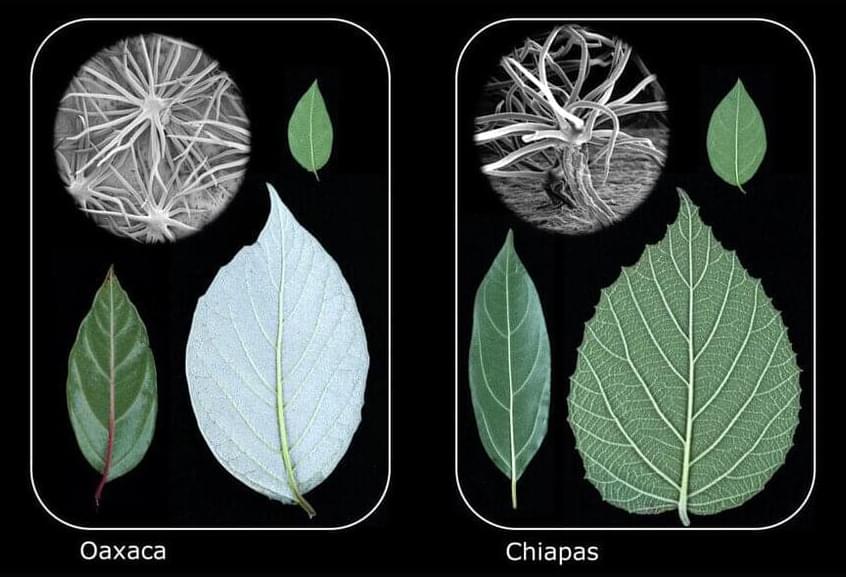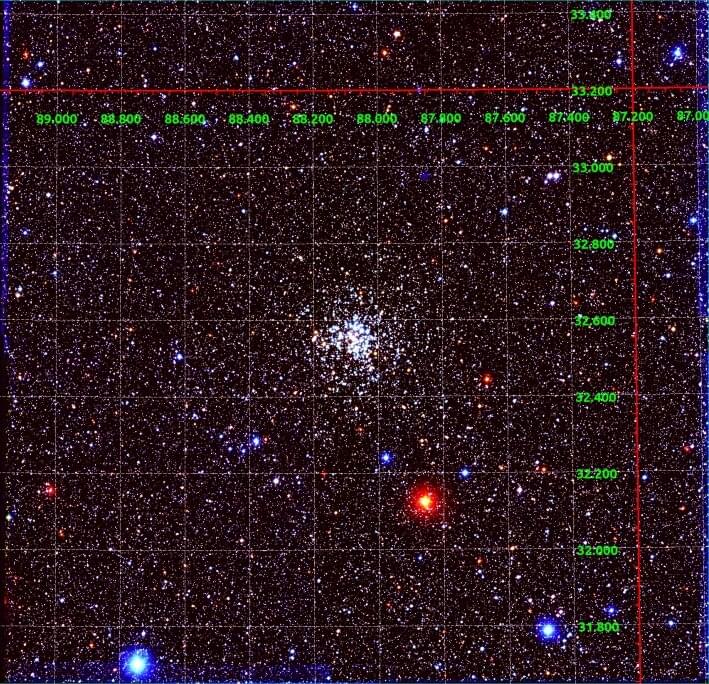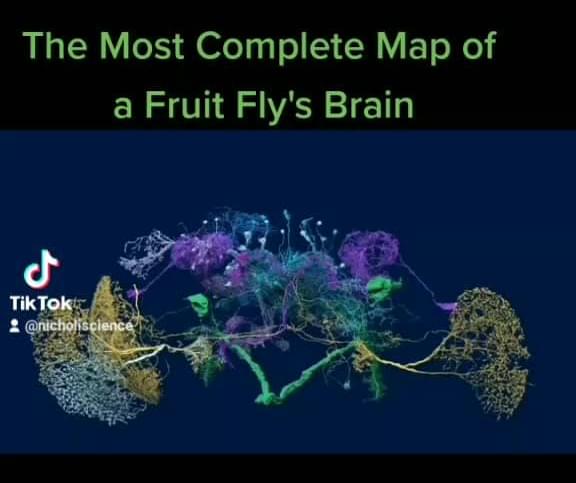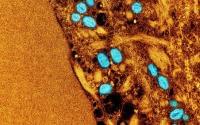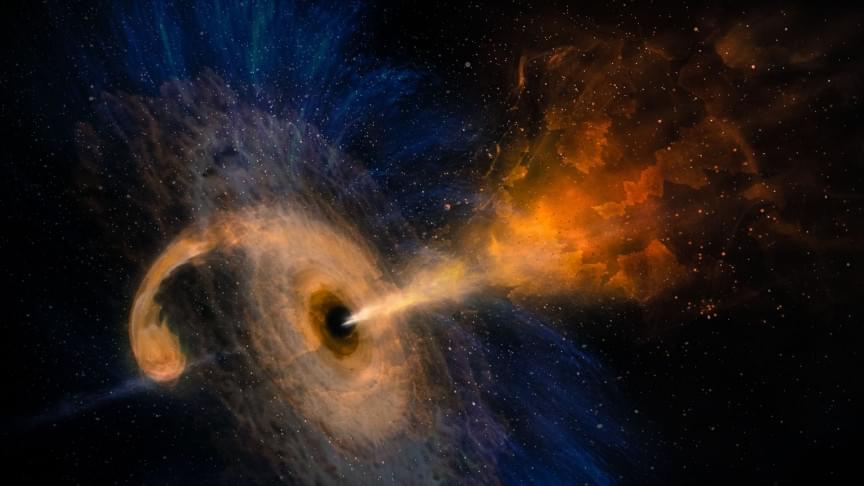Astronomers hope to explain how galaxies like this one can grow magnetic fields that stretch for thousands of light-years — and what affect they have on galactic evolution.
The finding came out of a project to study radio signals from spiral galaxies that are tilted so we see them edge-on from Earth’s point of view. For these galaxies, astronomers can more easily separate what’s happening outside of the galaxies’ disks, in the gas-filled “haloes” that surround them.
Using observations from a radio telescope in New Mexico called the Very Large Array, the astronomers measured properties of the radio emission coming from the halo of the galaxy NGC 4631. They’d known from past observations that there were large-scale magnetic fields that extended out of the disk into the halo of this galaxy.
But with the new data, they could see the directions these fields pointed across multiple dimensions. Their measurements revealed that the fields pointed alternately in and out of the galaxy’s disk along the flat view of the sky from Earth’s point of view. Another measurement showed that the fields also alternated in pointing toward and away from Earth along our line of sight to the galaxy.
